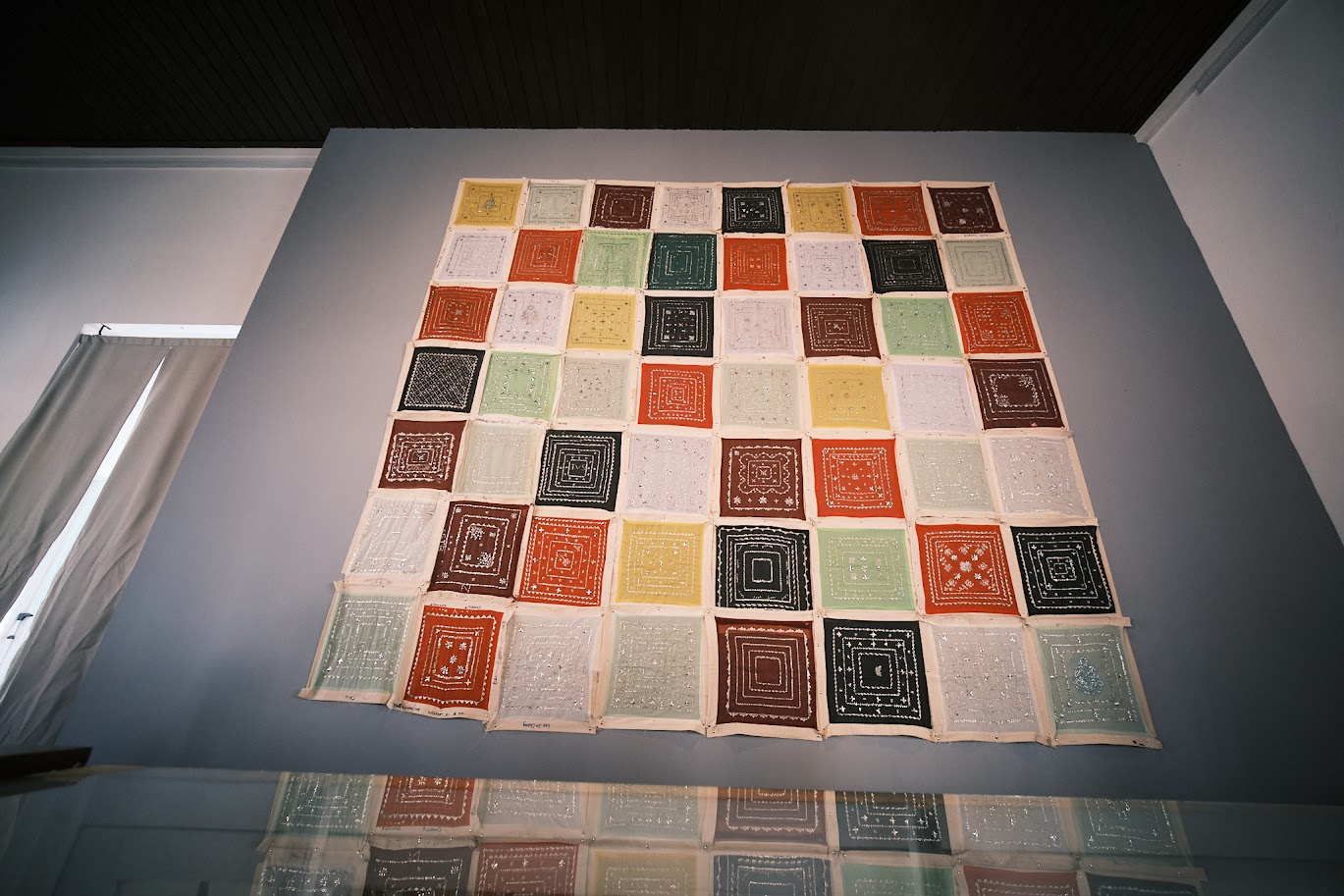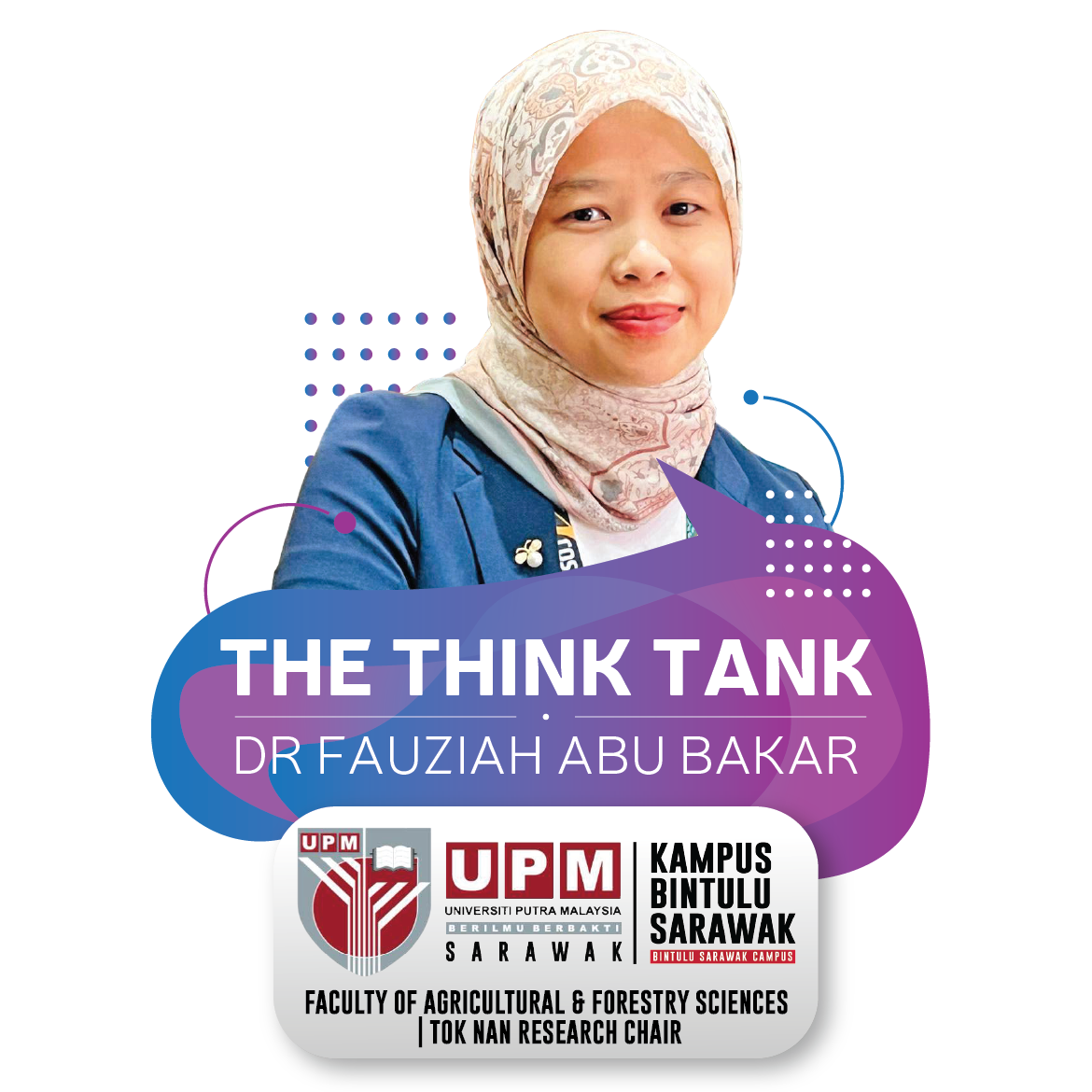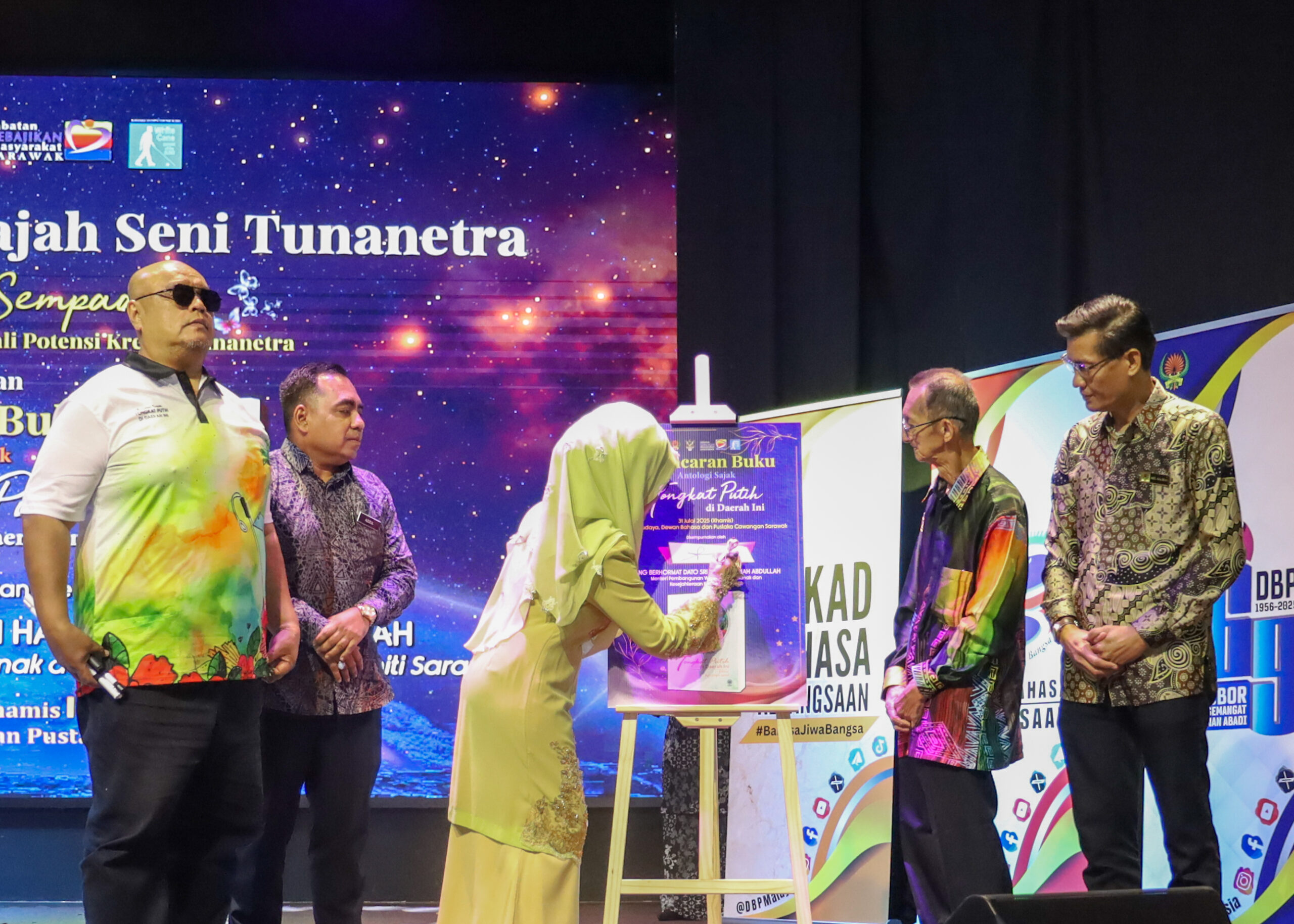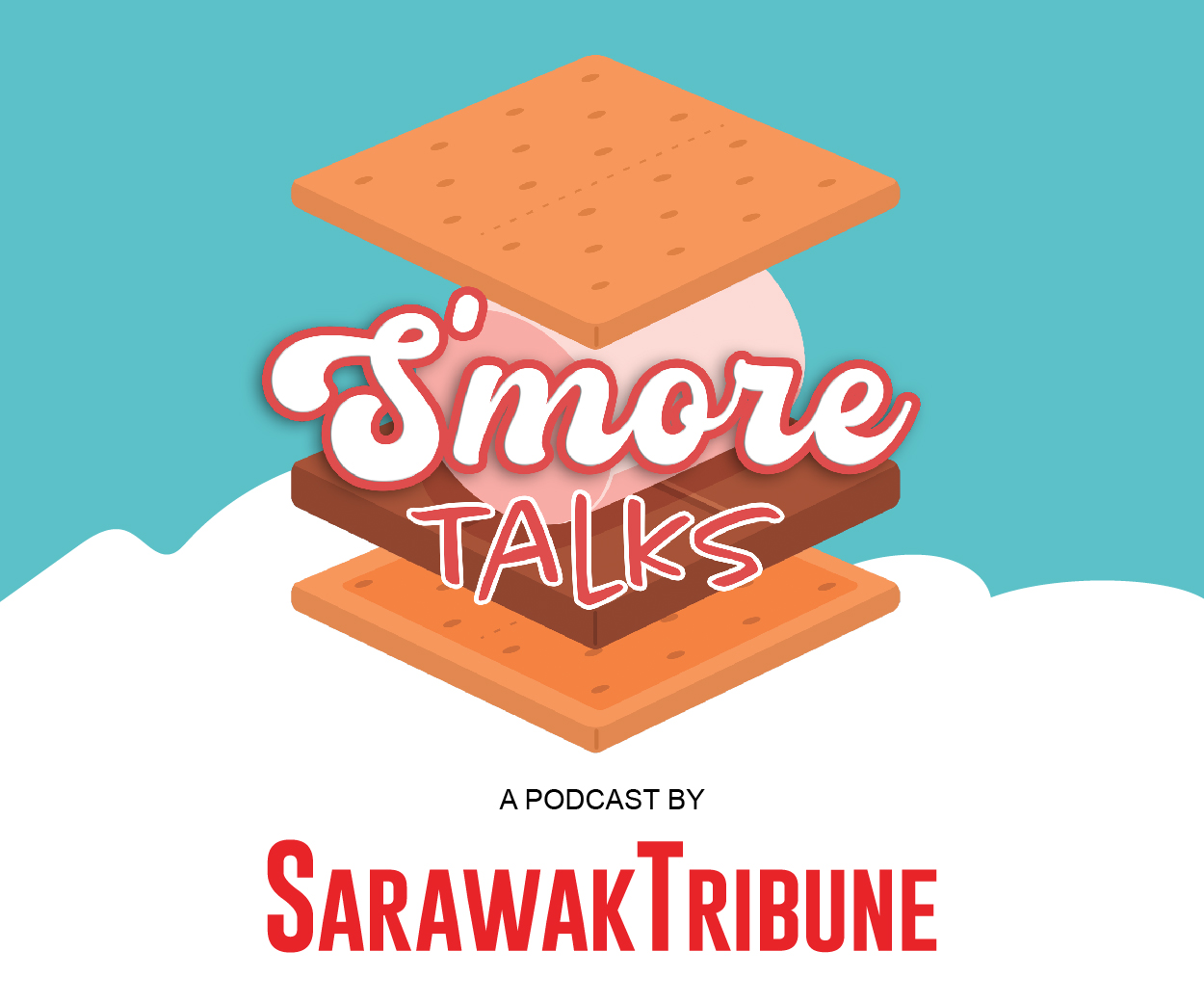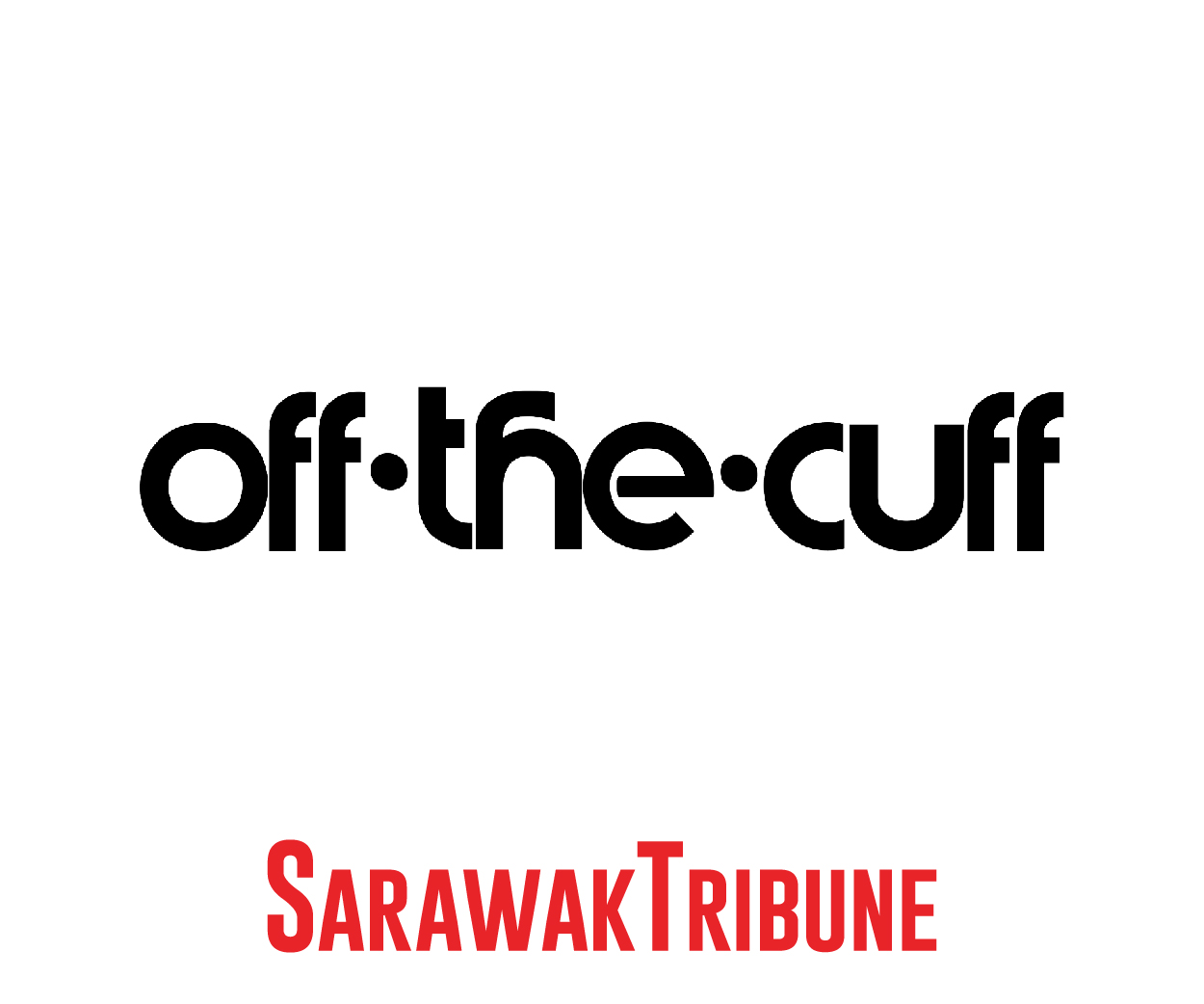IN a world that constantly evolves, our ability to adapt while honouring the past is what shapes a meaningful future. True progress lies not only in innovation, but also in the quiet perseverance to preserve the values, stories and skills that define us. When tradition is passed on with intention and purpose, it becomes more than heritage – it becomes hope.
Weaving Heritage into Hope
Every intricately embroidered piece of keringkam tells a story – its detailed patterns and rich motifs echoing traditions passed down through generations. This finely crafted Malay headscarf, steeped in the heritage of Sarawak, is a symbol of elegance and cultural pride. Yet today, the art of keringkam embroidery is at risk of fading from memory, as its value diminishes within the community.

Determined to reverse this trend, the ASPIRE Programme – an initiative by Brooke Museums, supported by Yayasan Hasanah – is working to preserve and revitalise this traditional art form by teaching embroidery skills to the younger generation.
The history of keringkam and the Brookes of Sarawak traces back to Ranee Margaret, wife of the second Rajah, Charles Brooke. Known for wearing keringkam regularly, Ranee Margaret’s patronage helped elevate the status of the craft, celebrating the artistry of local Malay embroiderers and strengthening cross-cultural connections.
Launched in 2023, ASPIRE is a 24-month programme that offers intensive training to 50 young participants from Sekolah Henry Gurney Puncak Borneo, Sekolah Tunas Bakti, and Taman Seri Puteri – institutions serving young people in challenging circumstances.
The programme serves two vital purposes: preserving intangible cultural heritage and creating positive futures for at-risk youth.
Under the guidance of master artisans, trainees learn to embroider keringkam, developing not only technical skills but also confidence, focus and resilience.
“As we observed the participants throughout the programme, it became clear that a transformation was taking place. These teens gained not just the ability to create keringkam, but a growing sense of confidence and hope,” said Jason Brooke, Director of the Brooke Museums.
Brooke highlighted the proven mental health benefits of crafts and the value of offering creative education to incarcerated youth.
“Being in a juvenile institution shouldn’t mean the end of opportunity,” he said.

“Many of these young people come from difficult backgrounds and deserve the chance to turn things around.”
He added, “They’re talking with hope in their voices about what they can do with their futures. We owe it to them to support those aspirations.”
The ASPIRE Programme is more than a short-term intervention. It lays the foundation for long-term impact – passing on traditional skills, creating future trainers and artisans, and opening doors to employment.
To ensure continuity, Brooke Museums have developed a formal training manual for keringkam embroidery, created in collaboration with the programme’s mentors. It provides step-by-step guidance for beginners and supports future efforts to sustain and expand the craft.
“It’s vital we document and share this knowledge,” said Jason. “Through ASPIRE, we’ve created a model that can continue to grow.”
To mark the conclusion of this pilot programme and celebrate the achievements of its first cohort, Brooke Museums have launched an exhibition entitled ‘Threads of Hope: A New Beginning’.
The showcase features the trainees’ embroidery work and highlights their personal journeys – stories of renewal, resilience, and cultural pride.
Through patience, skill, and creativity, these young individuals are not only preserving a fading tradition – they are also shaping new futures for themselves and their communities.
The ‘Threads of Hope’ exhibition will shortly reopen at the Japanese Building behind the Old Courthouse in Kuching. It will run from 9:00 am to 4:00 pm daily, with a one-hour lunch break from 12:00 pm to 1:00 pm.
Admission is free, and visitors can expect a display that speaks to the power of heritage and human potential.









